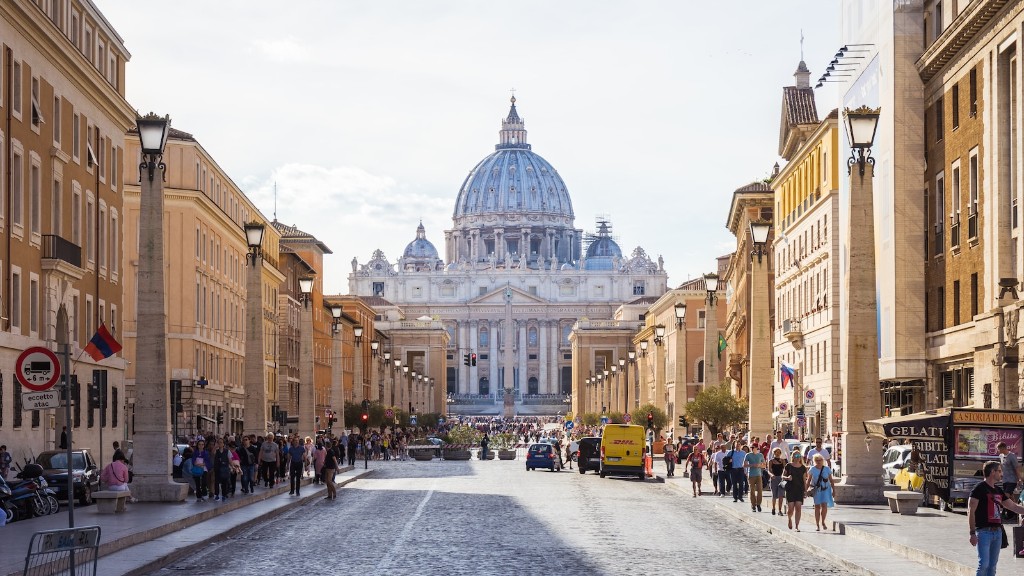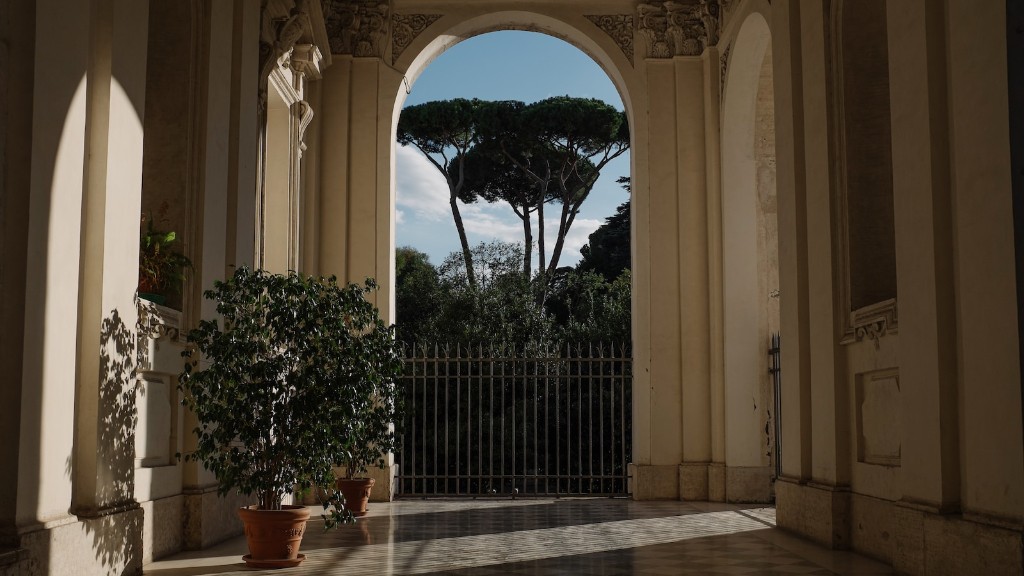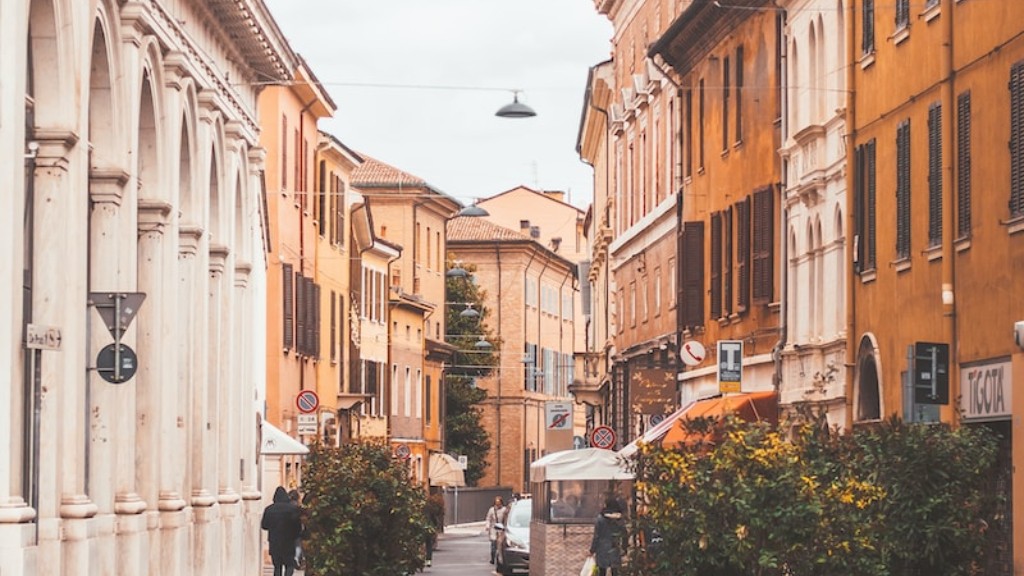How to Pronounce Italian Cities
Italy, known for its rich culture, historical sites, and delicious cuisine, is a popular destination for travelers. However, when visiting this beautiful country, it can be challenging to pronounce the names of its cities correctly. With a little guidance and practice, you can sound more confident and blend in with the locals. Let’s explore some key cities and learn how to pronounce them accurately.
Rome, the capital of Italy, is a must-visit city with iconic landmarks like the Colosseum and Vatican City. To pronounce Rome correctly, emphasize the first syllable and pronounce it as “roh-may.” Avoid pronouncing it like “room,” as it is an English adaptation of the Italian name.
Florence, famous for its Renaissance art and architecture, is pronounced as “floor-ence.” The emphasis should be on the first syllable. Try not to pronounce it as “flawr-ence” or “flo-rence,” which are common mistakes made by non-Italian speakers.
Venice is a unique city known for its canals and gondolas. To pronounce Venice, emphasize the first syllable and say “ven-iss.” Avoid saying “vee-nice” or “ven-eez,” which are commonly used in English but differ from the Italian pronunciation.
Milan, the fashion and financial capital of Italy, has a straightforward pronunciation. Say “mee-lahn,” emphasizing the first syllable. Be careful not to pronounce it as “my-lan,” as it is a common mispronunciation.
Naples, located in southern Italy, is famous for its delicious pizza and vibrant street life. Pronounce Naples as “ney-puls,” giving emphasis to the first syllable. Avoid pronouncing it like “nap-ulls,” as it is incorrect and may confuse locals.
Turin, known for its Baroque buildings and the Juventus football club, is pronounced as “too-rin.” The first syllable should be emphasized. Avoid pronouncing it as “tyur-in” or “toor-in.”
Genoa, a port city and the birthplace of Christopher Columbus, is pronounced as “jeh-noh-uh.” Emphasize the first syllable and avoid pronouncing it like “juh-noh-uh” or “geh-noh-uh.”
Perspectives from Experts
We spoke to Mario Rossi, a language expert and professor at the University of Milan, to gain more insight into the correct pronunciation of Italian cities. He stressed the importance of understanding the stress patterns in Italian words.
“Italian words usually have stress on the penultimate syllable, which helps us determine the correct pronunciation. It’s essential to pay attention to these stress patterns when pronouncing city names,” Rossi explained.
When asked about the most common mispronunciations he hears from non-Italian speakers, Rossi mentioned “nay-polls” instead of “ney-puls” for Naples and “my-lan” instead of “mee-lahn” for Milan.
Practice Makes Perfect
Pronouncing Italian cities correctly takes practice. Here are some tips to improve your pronunciation:
- Listen to native Italian speakers pronouncing city names. Online resources such as language learning apps and YouTube can be helpful.
- Break down the city names into syllables and emphasize the correct syllable when practicing pronunciation.
- Practice speaking Italian phrases and sentences to improve your overall pronunciation skills.
- Record yourself and compare your pronunciation with native speakers to identify areas for improvement.
Remember, native speakers appreciate the effort to pronounce their language correctly and will be more willing to help if you are polite and respectful. Don’t be afraid to ask locals for guidance if you need assistance.
Other Pronunciation Challenges
Italian cities are just the beginning of the pronunciation journey. Italian language itself presents several challenges. Let’s explore a few more:
Vowels and Consonants
Italian vowels can be tricky for non-native speakers. Unlike English, Italian has clear and distinct vowel sounds. Here are some examples:
- “a” is always pronounced as in “father.”
- “e” is pronounced as in “bed.”
- “i” is pronounced as in “see.”
- “o” is pronounced as in “boat.”
- “u” is pronounced as in “rule.”
Italian consonants, on the other hand, may require some additional attention. For instance, “c” before “i” or “e” is pronounced like the English “ch,” as in “church.” And “g” before “i” is pronounced like the “j” in “juggle.”
Double Consonants
Italian uses double consonants to indicate a short and emphasized sound. For example, in the word “cane” (dog), the “n” is pronounced twice, making it a short and sharp sound. It can take time to master this aspect of Italian pronunciation.
Rolling R’s
One of the most challenging aspects of Italian pronunciation is rolling the “r” sound. Practice rolling your tongue against the roof of your mouth to achieve this distinct sound. This skill improves with practice and persistence.
Regional Accents
It’s worth noting that Italian accents can vary significantly across different regions. Each region has its own unique pronunciation style and regional dialects. While this may be challenging for learners, it also adds to the richness and diversity of the Italian language.
Conclusion
Mastering the pronunciation of Italian cities is a valuable skill that will enhance your overall experience when visiting Italy. By understanding the stress patterns, practicing regularly, and seeking guidance from experts or locals, you can confidently pronounce Italian city names and immerse yourself in the Italian culture and language.





